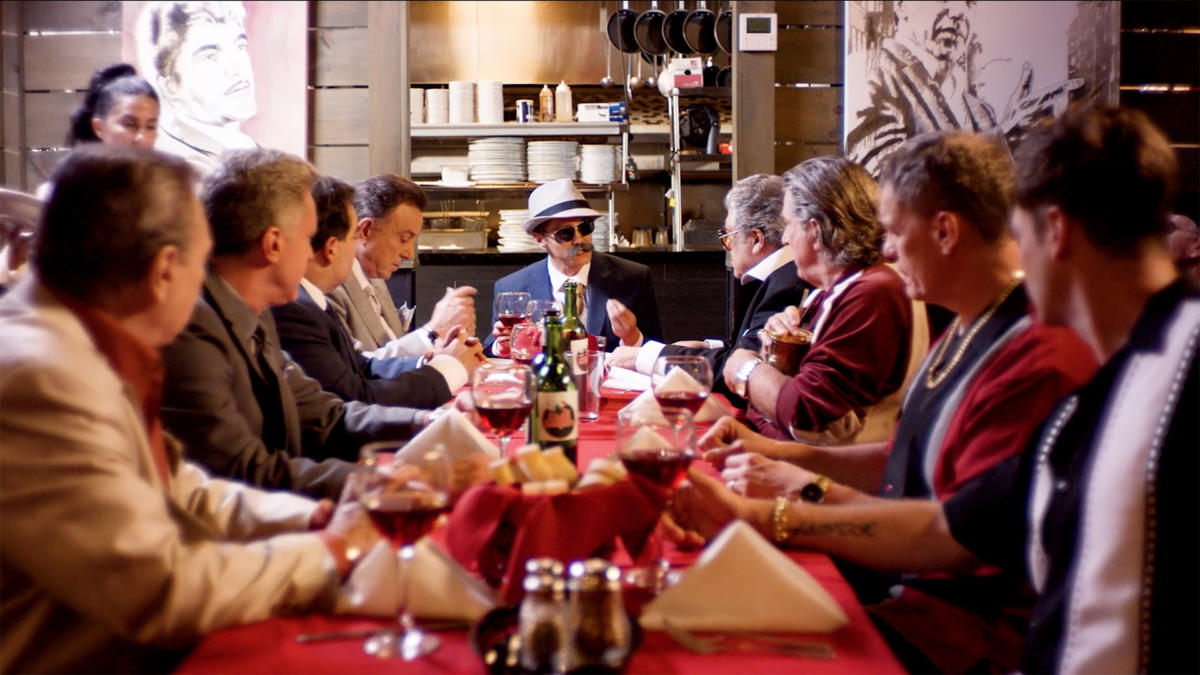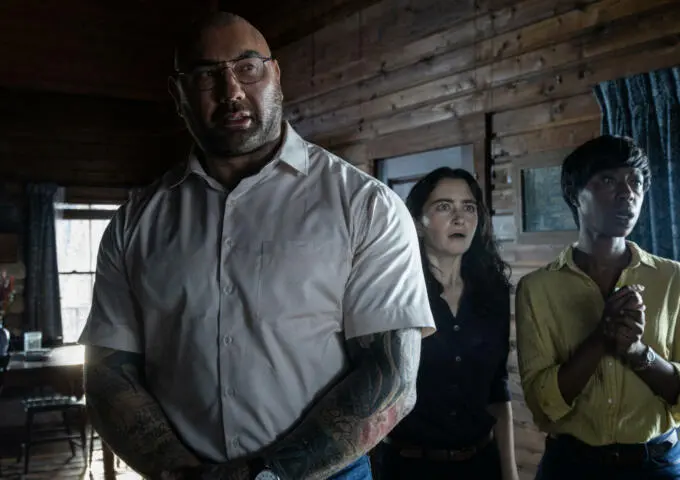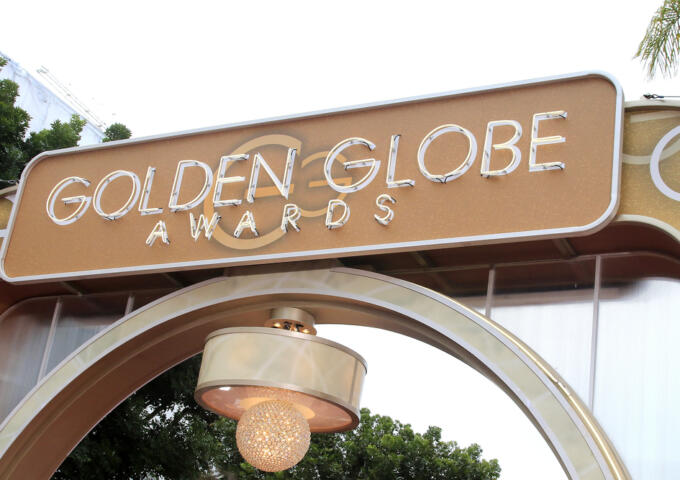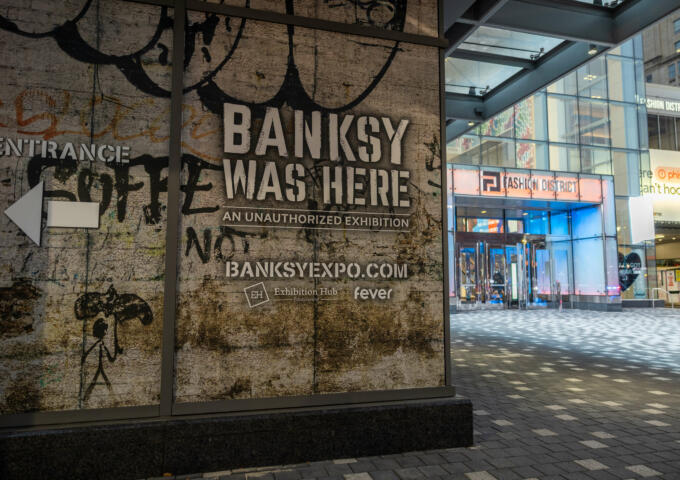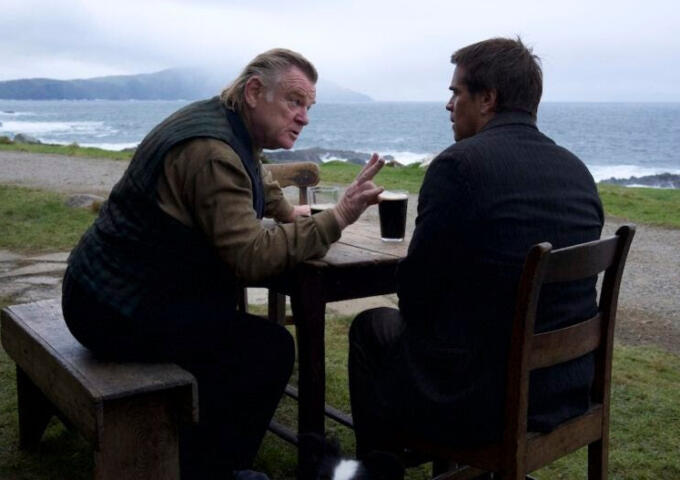“Made in Chinatown” is a cross-cultural gangster comedy film about a young Chinese-American man who tries to join La Cosa Nostra. It was shot mostly in Philadelphia for 22 days back in the summer of 2018. The film’s long road to screens was much more tumultuous: It took nearly three years and consisted of money woes, a lawsuit from the crew, disagreements with post-production houses, and ultimately, a global pandemic.
But now, the film is finally available to watch, after its video-on-demand release on May 11. “Made in Chinatown” features some recognizable faces from both Asian cinema and “The Sopranos,” and even though it’s set in New York, you can see plenty of Philly in the film.
Philadelphia-area native Mark V. Wiley wrote and executive-produced the film, which was co-directed by Bobby Samuels and James Lew. Wiley got the idea for the movie more than 20 years ago while visiting the part of Manhattan where the Chinatown and Little Italy neighborhoods abut each other. Seeking admission to a private Kung Fu club, he was turned away. Walking across the street, the idea came to him: What if a Chinese guy crossed Canal Street and tried to join an Italian club, like the mob?
“Made in Chinatown” made quite a bit of local news in September of 2018, when members of the film’s crew, led by director of photography Derrick Berry, filed a class action lawsuit against Wiley and his production company, claiming that they weren’t paid for about 120 hours of work near the end of the shoot.
Wiley told Philadelphia Weekly in an interview that the dispute came about after the film did not, as they had anticipated, qualify for the Pennsylvania Film Production Tax Credit.
“We ran out of money right at the end, in the last week of filming, because the tax credit didn’t come through,” he said.
“We had money in the account, but payroll doesn’t allow you to make partial payments…It took a couple of weeks to get in more money so we would have enough to cover payroll.
“The crew was getting upset, and I kept telling them, ‘hold on we’re almost there,’” Wiley said.
He added that the disputed money was ultimately paid right around the time the lawsuit was filed.
“It got settled for $1,000,” he said of the suit, although it did cost Wiley and his company $8,000 in legal fees.
“All of that bad press for me, and I’m out nine grand for him to get a thousand bucks.”
Mark V. Wiley
The Philadelphia civil docket lists the suit as having been discontinued the following March; the plaintiff’s attorney in the suit did not reply to a request for comment.
Wiley said that while he had been led to believe the movie was a shoo-in for the tax credit funds, most of the money allocated that year went to bigger-budget Hollywood films like “Creed II” and “Shazam.” The production kept filing during the multiple years of post-production, but never received the credit then, either. During that time, such projects as M. Night Shyalaman’s “Servant,” Jason Segel’s “Dispatches From Elsewhere” and the Kate Winslet HBO series, “Mare of Easttown” were shot locally.
Sharon Pinkenson, the longtime executive director of the Greater Philadelphia Film Office, said that “Made in Chinatown” is an example of the need for an expanded Film Production Tax Credit in Pennsylvania.
“The program is ridiculously underfunded and the shows that get the tax credits are the big budget films,” Pinkenson told PW.
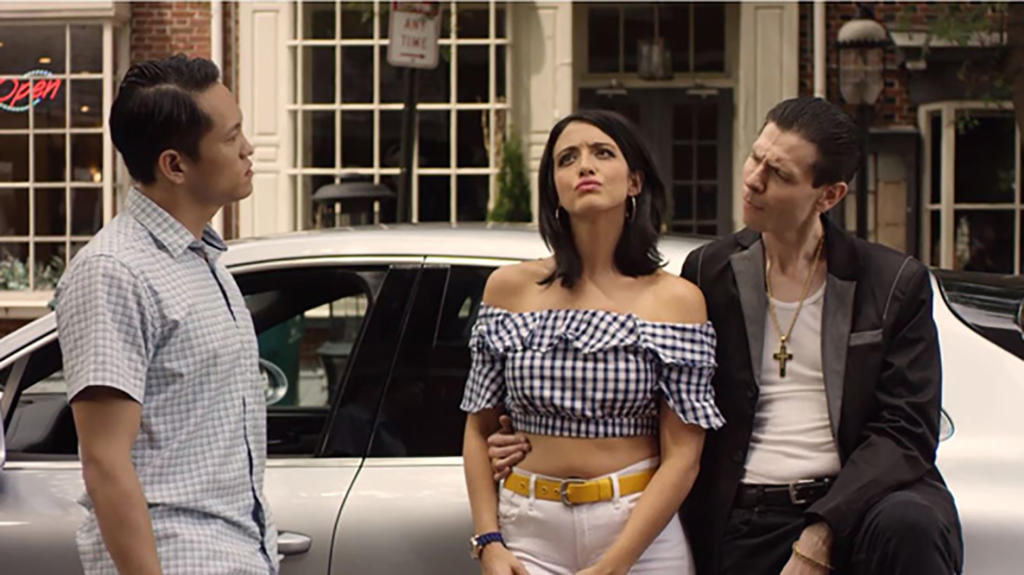
“There’s a push, again, to increase the programs [to] $125 million. But I think there should be a carve-out for indies. Maybe this will be the year.”
The lawsuit wasn’t what caused the long delay. But it also wasn’t the last time the production would have financial trouble. Wiley said that during the long post-production period, he had to pull in money from his personal savings.
“We got ripped off with a post-production house in Los Angeles, who took all this money for post and then didn’t do their job,” Wiley added.
A later post-production house, he said, “took out all the fun stuff that was in the movie, they said it was stupid.” Shake Audio Post, a post-production facility on N. 7th St., ended up doing the final audio mix.
In the film, Vinny Chow (played by Hollywood newcomer Jay Kwon) is the son of Chinese immigrants, but he feels something of a disconnection with his heritage. He dreams of getting in with the Italian mob, mostly because he likes a girl (Theresa Moriarty) who is attracted to wiseguys. This gets him caught between rival mob bosses, portrayed by “The Sopranos” veterans Vincent Pastore (who played Big Pussy) and Tony Darrow (who was Larry Boy Barese.) Another “Sopranos” actor, Tony “Paulie Walnuts” Sirico, was originally slated to star in the film, but dropped out for health reasons. The same thing happened with “Rocky” co-star Burt Young, who also once guest-starred on “The Sopranos.”
Some mob movies are about action, while others are about complex moral conflict. “Made in Chinatown” doubles down on silliness. For one thing, there’s a lot less violence than in most mob pictures, and the mobsters don’t deal drugs or traffic in gambling or prostitution, but rather meats, cheeses, and spices. Sure, Don Corleone established the Genco Olive Oil Company, but that was a front for actual criminal rackets. (Wiley says this was in order to keep things light and get a PG-13 rating, while also paying homage to movie mobsters’ longtime obsession with food.)
There’s a lot of humor based on characters having funny names like Amadore Condimento, Sean O’Greedy, Hung Phat, and Al Capella, and near-constant references in the dialogue to famous crime movies, with lots of “you talkin’ to me” and “fuggedaboutit.”
The film shot 20 of its 22 days in Philadelphia, with Philly’s Chinatown standing in for New York’s. Some scenes were shot in South Philly, Fishtown, and Head House Square. The rest were in New York, mostly for exteriors, although there are some moments when Vinny Chow is shown walking down the street in New York’s Chinatown, turning the corner, and emerging in Philly’s Chinatown. Wiley said it was more cost-effective to shoot in Philadelphia than in New York.
“Chinatown in New York City today has diminished in size and color so that they simply couldn’t make it there,” Pinkenson said.
“But Philadelphia’s Chinatown is second only to San Francisco.”
“Well, this has been a [long] journey getting this film completed and out for the world to see…I am extremely pleased with the final print,” Samuels told PW. Samuels is a veteran of Hong Kong cinema who also appears in the film as an actor.
“Timing is everything, and with the challenges that our country is going through on so many fronts…This film, I feel, will help with healing and getting people to understand and appreciate each other and our ethnicity.”
The film, which played at some festivals, pre-pandemic, was picked up by Vision Films for release. It is available for rental from all major cable on-demand platforms, as well as Amazon, Apple, Google Play, and Vudu.
